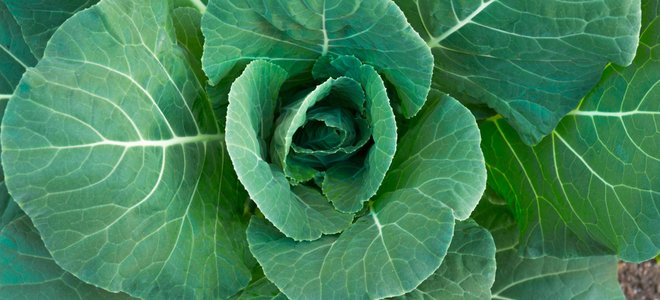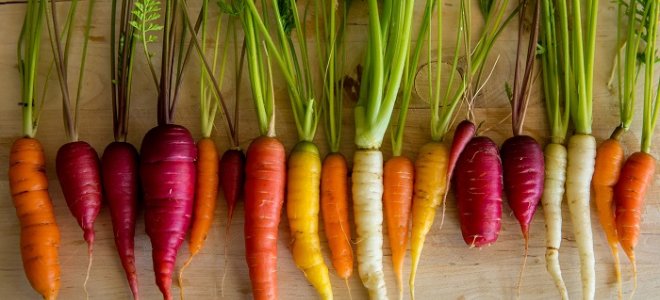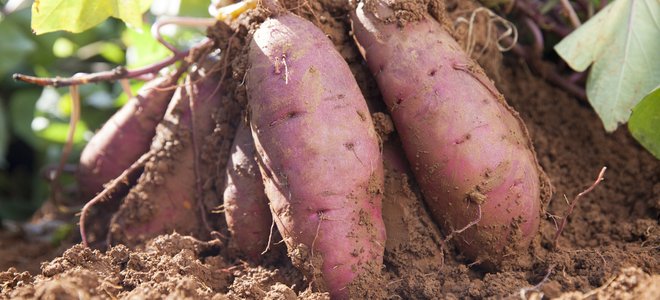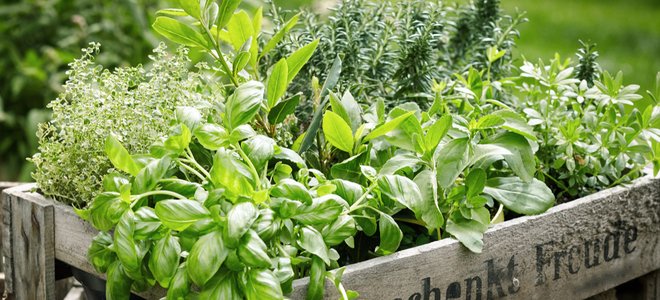 5-50 hours • Beginner • 0-500
5-50 hours • Beginner • 0-500
For the ultimate planners, mid-summer is the time to start planning your Thanksgiving day feast. That’s because the majority of what will be on your table can be grown in your own backyard. It does take some forethought, but the reward of fresh, healthy foods from your garden bounty is an inspiring reward.
Start by making a master plan for planting times based on harvest times. Research the expected growth patterns for your family’s favorites and get them on a digital or paper calendar. A gardening journal or a printed spreadsheet tucked into your favorite gardening book will do the trick too. Your plan will include the types of plants, the expected harvest date, and the date they should be in the ground.
1. Beets & Beet Greens
Beets are very forgiving of cold weather and have a short growth period of around seven to eight weeks. They can remain in the ground until you’re ready to pull them so you can plant in the late summer or in early fall. In addition to the beets, the greens have a mild flavor when young and can be cooked a variety of ways.
2. Broccoli
Some areas can get a winter harvest from broccoli, which would be started from seed in late summer and transplanted in the fall. Starting from seeds probably won’t get broccoli on your holiday table, but if you plant seedlings in cool areas you can have a harvest in 55 to 85 days.

3. Collards
This is another vegetable commonly grown in the spring. Yet, in some areas collards can be planted again in August or September for a harvest around 80 days later.
4. Kale
If your favorite Thanksgiving recipe includes kale, begin planting six to eight weeks before the first frost.
5. Kohlrabi
While you’re planning your greens, direct sow kohlrabi seeds around 90 days before the first frost date.

6. Radishes and Carrots
Both radishes and carrots have relatively short growing seasons, ranging 22 to 70 days. By sowing seeds every two weeks you can have a nearly constant supply throughout the fall.
7. Turnips and Turnip Greens
Turnips need about 40-55 days in the ground before harvest. However, if they are mature before Thanksgiving, they can stay underground until the first deep freeze. The greens can be harvested once they are about five inches tall.
8. Lettuces and Spinach
Lettuce is a cool weather crop, but needs to be protected from extreme cold. Depending on where you live, you may be able to harvest fresh romaine, ruby leaf lettuce, Bibb lettuce and spinach at the end of November and into winter.
9. Peppers
If you live in a warm part of the country, your sweet and spicy peppers can still be dangling from the vine and unaffected by morning frost. If so, you can add a little spice to, well, every dish on your Thanksgiving table.

10. Sweet and Other Potatoes
You’ll really need to get a move on for farm-to-table sweet potatoes since they require about 90 to 120 days to mature. If they’re ripe before the holiday, sweet potatoes can be stored for three to five weeks in the pantry or two to three months in the fridge. Other types of potatoes also require around 100 days to reach maturity and can be stored in a cool, dry, well-ventilated space until the holiday arrives.
11. Brussel Sprouts
You may think you don’t like them, but try them dressed in olive oil and roasted in the oven or on a cast iron skillet on the grill and they’ll quickly become a new family favorite. Amazing! They are another slow-grower, needing 100-115 days to mature, but the last portion of that time should overlap with the cool fall days for best results.

12. Herbs
Another lovely addition to your Thanksgiving feast is in the herbs you add to your traditional and new dishes. Try parsley, bay leaf, oregano, rosemary, and thyme.
13. Fruits
Depending on what fruit trees do well in your area, you may be plucking pineapple, banana, persimmon, apple, pomegranate, fig, prickly pear, pear, plum, or grape for your prepared dishes or as a centerpiece.
Source link : https://www.doityourself.com/stry/13-foods-to-grow-for-thanksgiving-dinner












